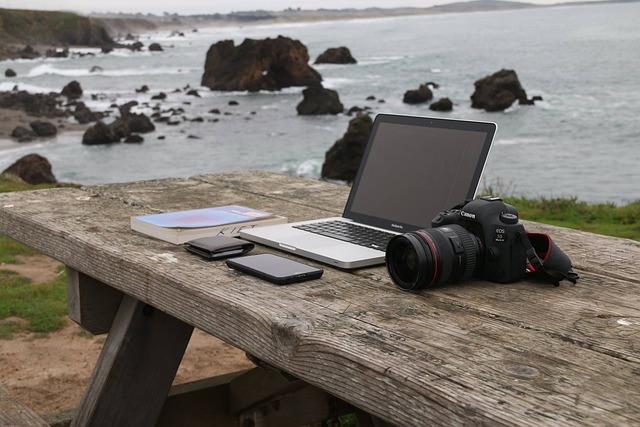
Many people are resorting to online businesses in today’s shaky job market. But an effective website plays a huge part of an online business. Keep reading to learn how to make a successful website.
Avoid using frames on your site. Frames were in heavy use during the beginning days of the Internet, but they were very flawed. Visitors are bookmark junkies and frames make that task extremely difficult and a simple scroll an annoying effort. There are much easier ways to provide your users a flow through your website.
Visitors want to have access to a website quickly, which is why your pages should load easily. If a visitor has to sit and wait for several minutes while your pages load, they are almost certainly going to click away from your site and go somewhere else, and they probably will not come back to your site.
Don’t rely on JavaScript too much. While Java opens many doors towards an interactive website experience, a lot of Internet surfers are going to have difficulty with it. Everyone uses a different web browser, and all of them have new versions released fairly regularly. Everyone who visits your site will not always have an up to date browser. On top of this, some visitors will have JavaScript disabled in their browsers. Either of these problems can make the visitor unable to use your site.
Learn any shortcuts that you can and try to use them. In the world of web page design, shortcuts are common place. Look into them and you will discover that they can help with most things. There are lots of HTML codes that can help you make changes quickly without going through the upload process.
Forget about pop-up advertisements. Many consumers are bothered when they visit a site and are suddenly bombarded by pop-ups. Your customers will agree that if they visit a site, and are overwhelmed with pop-ups, they’re likely not to return. You can prevent visitor frustration, and improve your reputation, by avoiding pop-up advertisements entirely. As well, if your web host makes it mandatory that you have pop-up advertising, look into a new host asap. It’s not worth the annoyance level they create.
Hosting your own site may not be a wise idea, regardless of how much money you have to invest. You should do the design all by yourself (or as much of it as you possibly can), but allowing another person to be the keeper of your site will let you be free and will allow you to have your mind on different things and not just the site’s security and safety.
Look into Adobe Dreamweaver. This program is very user friendly, even for beginners. You can make many layouts and templates, include many awesome features and even see how your site is going to look when loaded onto a server.
Limit your starting content on a page to little amounts when first starting out. Visitors may become confused if there is too much information on a page.
All of your domains and sub-domains should have a visible, keyword-oriented tagline. They should be in bold, large text and be placed in the viewer’s initial line of sight. It will immediately let them know what the goal of the page is, the offer it’s providing, the reason it exists, or the purpose of it. Most of the time, this determines whether or not this visitor remains on your page or exits out.
It is wise to develop a sitemap you can reference for planning purposes. With a visual sitemap, you will see exactly how your structure is developing. You can then have a clear understanding of how to proceed, what to correct or improve, and what areas are best serving your site. You cannot discount having a clear image of your end product.
Create a favicon that reflects your website’s personality. Your site can be recognized so much more when you add these graphics on it. As they look through their bookmark list, your favicon will stand out more than the bookmarks of other sites. Pick a favicon that matches your theme.
Style Sheets
Become an expert at producing cascading style sheets. HTML is important, but the consistency and actual design is in CSS. Style sheets serve as a reference guide to formatting the various pages of your site and bring consistency to the site. In addition, this gives you a simple way to make universal changes to your site. If you are interested in making the font color red on each page, simply change a single line of code.
Take advantage of the “white space.” The space doesn’t necessarily need to be white, but blank space is nice on web pages. The internet is all about visibility, so when designing your website, make sure that you don’t clutter the screen with text and pictures. A good amount of white space makes your website easy to read.
Website design and complication are not mutually exclusive. Following these tips should help to simplify things. So whatever your reasons are for wanting to get into web page design, the above tips can assist you in building a beautiful site.